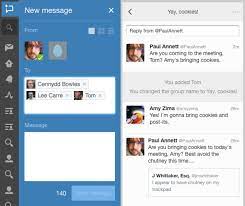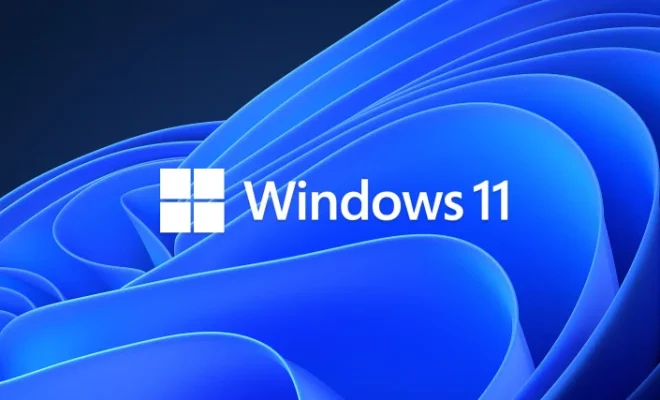Everything You Need to Know About POP

POP (Post Office Protocol) is a protocol that allows users to access and download email messages from an email server to their local computer or device. POP is one of the most widely used email protocols, and it has been in use for over two decades.
In this article, we’ll take a look at everything you need to know about POP, including its history, how it works, its advantages and disadvantages, and how to set up and use POP for your email.
History of POP
POP was first created in the 1980s by the Internet Engineering Task Force (IETF) to allow users to download email messages from a remote server to their local computer. The original version, POP1, was quickly superseded by POP2, which had more features and better security.
POP3, the current version of the protocol, was first released in 1988 and has been in use ever since. While other email protocols like IMAP (Internet Message Access Protocol) have emerged over the years, POP3 remains a popular choice for many users and email clients.
How POP Works
POP works by using a client-server architecture. Your email client (such as Microsoft Outlook or Apple Mail) acts as the client, while the email server (such as Gmail or Yahoo Mail) acts as the server.
To use POP, you first need to set up your email client to connect to your email server using POP. You’ll need to provide your email address, password, and the POP server settings (which are usually provided by your email provider).
Once you’ve set up your email client, you can use it to download email messages from your email server to your local computer or device. POP can download all the messages in your inbox or just the new ones since the last time you checked your email.
Advantages of POP
There are several advantages to using POP for your email:
1. Offline access:
Since POP downloads email messages to your local device, you can access them even if you’re offline. This is especially useful for users who travel frequently or don’t have a reliable internet connection.
2. Easy to set up:
POP is easy to set up and use, even for users who aren’t technically savvy. Most email clients have built-in support for POP, and email providers usually provide step-by-step instructions for setting up POP on their servers.
3. Lower server storage requirements:
Since POP downloads email messages to your local device, it reduces the amount of storage space required on the email server. This can be especially important for users who have limited server storage or who want to keep their email messages private.
Disadvantages of POP
However, there are also several disadvantages to using POP:
1. Limited syncing:
Unlike IMAP, which syncs your email messages between your email client and server, POP only downloads email messages to your local device. This means that if you delete a message from your email client, it won’t be deleted from the server.
2. No folder syncing:
POP doesn’t sync your email folders between your email client and server, which can make it difficult to keep your email organized. You’ll need to create and manage folders separately on your email client and server.
3. Security risks:
Since POP requires you to provide your email password to your email client, there is a risk that your password could be intercepted or stolen by an attacker. This is why many email providers now use SSL/TLS encryption to secure POP connections.
Setting Up and Using POP
To set up POP for your email, you’ll need to follow these steps:
1. Open your email client and navigate to the settings menu.
2. Select the option to add a new email account. Fill in your email address, password, and any other required information.
3. Choose POP as the account type and enter the POP server settings provided by your email provider.
4. Save your settings and test your connection to make sure it works.
Once you’ve set up POP, you can use it to download email messages to your local device. You can also configure your email client to automatically check for new messages on a regular interval.
In conclusion, POP is a widely used email protocol that allows users to download email messages from a remote server to their local device. While it has some advantages, like offline access and easy setup, POP also has some disadvantages, like limited syncing and security risks. However, for many users, POP remains a useful and convenient way to access their email.






